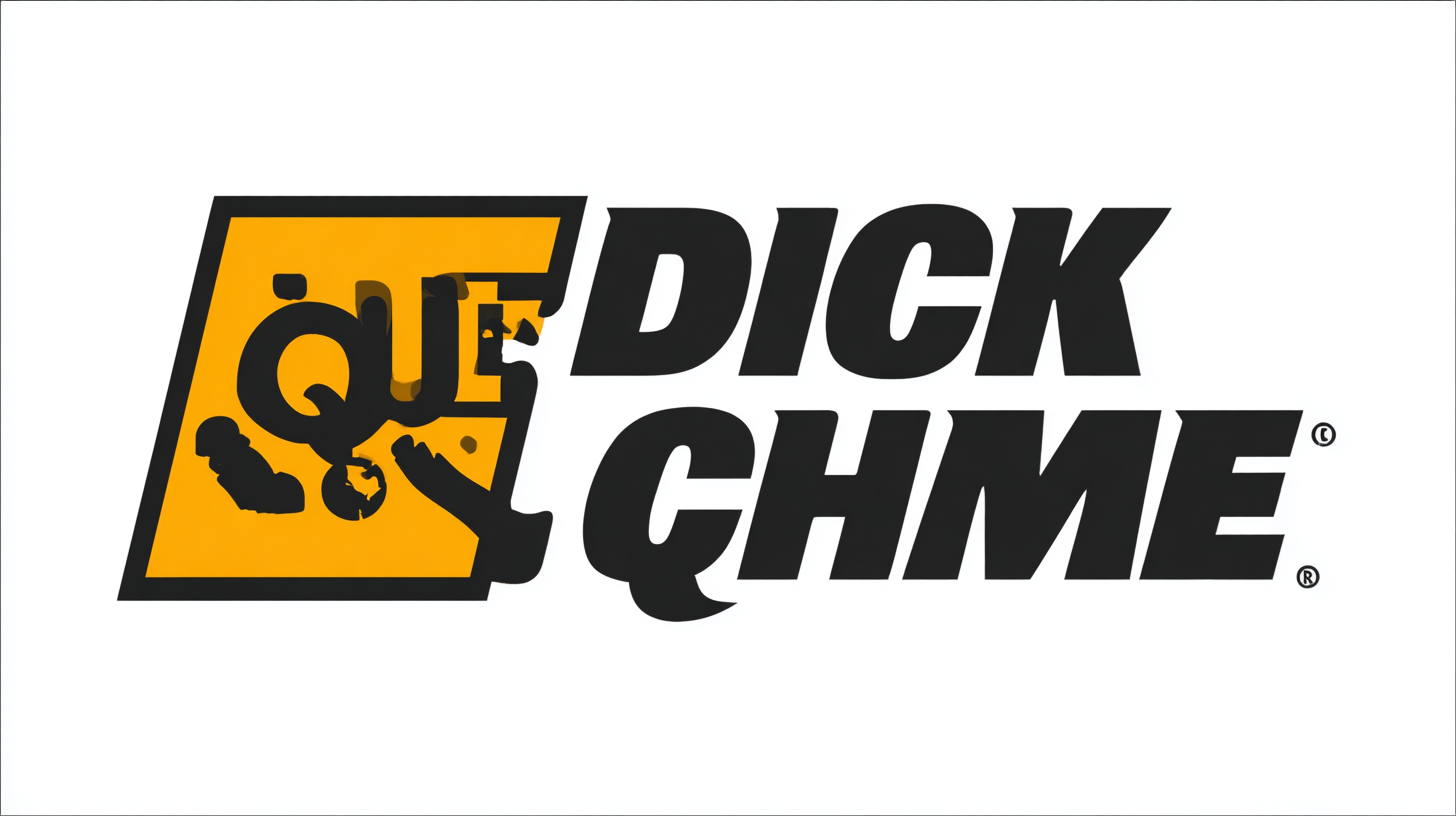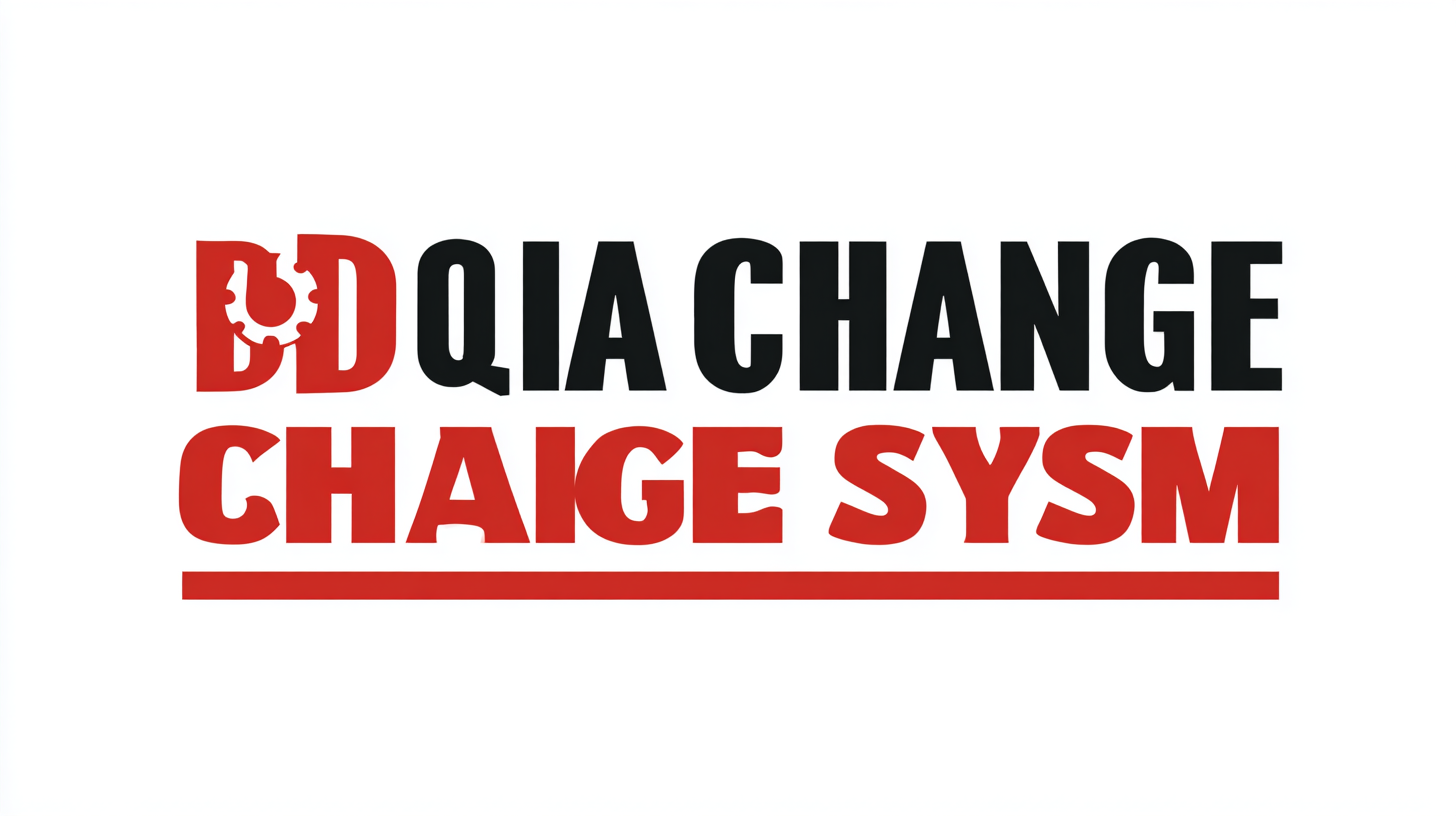Revolutionizing Manufacturing: The Impact of Best Quick Die Change Systems on Industry 2025 Trends
As the manufacturing industry rapidly evolves, the quest for efficiency and innovation drives the adoption of advanced technologies that redefine operational standards. One key player in this transformation is the Quick Die Change System, which streamlines production processes, reduces downtime, and enhances productivity. With industry trends for 2025 emphasizing flexibility, speed, and automation, the importance of implementing Quick Die Change Systems cannot be overstated. These systems not only support manufacturers in meeting increasing demands but also enable them to stay competitive in a fast-paced market. As we delve into the profound impact of these systems on manufacturing practices, we will explore how they are poised to revolutionize the industry, paving the way for a more responsive and agile manufacturing landscape in the years to come.

Understanding Quick Die Change Systems and Their Importance in Modern Manufacturing
In the rapidly evolving landscape of modern manufacturing, Quick Die Change (QDC) systems have emerged as a game-changer. These systems streamline the process of changing dies in stamping and molding operations, drastically reducing downtime and increasing overall efficiency. By minimizing the time required for setup, manufacturers can respond swiftly to market demands, adapting production lines to accommodate varying designs and volumes without compromising quality. This flexibility is crucial in a competitive environment where agility can significantly impact profitability.
The importance of QDC systems extends beyond mere time-saving; they also enhance the safety and ergonomics of the workplace. Traditional die-changing methods can be labor-intensive and pose risks to worker safety. QDC systems integrate advanced technologies and methodologies, such as standardized tools and automated workflows, to simplify these processes. As industries strive to comply with stricter regulations and improve operational efficiency, investing in QDC technology not only supports sustainability initiatives but also fosters a proactive approach to innovation within manufacturing sectors.
Revolutionizing Manufacturing: The Impact of Best Quick Die Change Systems on Industry 2025 Trends
| Dimension | Value |
|---|---|
| Average Time for Die Change (minutes) | 15 |
| Percentage Reduction in Downtime (%) | 50 |
| Cost Savings (per changeover) | $200 |
| Improvement in Production Efficiency (%) | 30 |
| Adoption Rate of Quick Die Change Systems (%) | 70 |
| Return on Investment (Years) | 2 |
| User Satisfaction Rating (out of 10) | 9 |
Key Benefits of Implementing Best Practices in Quick Die Change Techniques
The manufacturing industry is undergoing a significant transformation, with quick die change (QDC) systems leading the charge. Implementing best practices in QDC not only enhances efficiency but also brings about considerable cost savings. By minimizing downtime during the changeover processes, manufacturers can maintain higher production rates, resulting in a more streamlined operation. As industry trends evolve towards flexibility and adaptability, these rapid change techniques enable facilities to respond quickly to market demands without sacrificing quality.
Moreover, the key benefits of adopting advanced QDC methods extend beyond just speed. Improved safety practices become a natural outcome of well-organized die change systems, decreasing the likelihood of workplace accidents. When operators can efficiently execute changeovers with proper tooling and support, it fosters a safer working environment. Additionally, the use of standardized procedures and components enhances consistency, leading to lower defect rates and better overall product quality. As the manufacturing landscape looks toward 2025, the implementation of effective quick die change techniques stands as a critical factor for companies aiming to thrive in a competitive market.

Technological Innovations Driving the Evolution of Quick Die Change Systems
In the fast-evolving landscape of manufacturing, Quick Die Change (QDC) systems are at the forefront of technological innovations. These systems streamline production processes, allowing manufacturers to reduce downtime and enhance flexibility in their operations. The integration of automated mechanisms, sensors, and smart technologies is reshaping how industries approach die change, ensuring that manufacturers can efficiently adapt to varying production demands while maintaining high-quality standards.
Tips for implementing Quick Die Change systems effectively include assessing your current workflows to identify bottlenecks that can be alleviated through QDC. Training your workforce on new technologies is crucial; engaging employees early can lead to smoother transitions and increased acceptance of advanced systems. Additionally, investing in real-time monitoring tools can provide valuable insights into the performance of QDC processes, enabling continuous improvement and optimization.
As we look toward 2025 and beyond, innovations such as modular die systems and AI-driven predictive maintenance are expected to further revolutionize the QDC landscape. By staying abreast of these trends, manufacturers can not only enhance efficiency but also position themselves competitively in an ever-demanding market. Adopting these advancements will be essential for those looking to thrive in the future of manufacturing.

Case Studies: Successful Integration of Quick Die Change in Industry 2025
The adoption of Quick Die Change (QDC) systems has proven to be a game changer for many manufacturing companies aiming to enhance efficiency and reduce downtime. Case studies from leading industries illustrate how these systems can streamline production processes. For instance, a prominent automotive manufacturer reported a 30% reduction in changeover time after integrating QDC. This efficiency not only maximizes resource utilization but also allows for greater flexibility in responding to market demands.
Implementing QDC systems is not simply about investing in new technology; it’s about reshaping operational strategies. One effective tip for successful integration is to provide comprehensive training to the workforce. Engaging team members in the QDC process ensures that they understand the technicalities and can contribute to smooth operations. Additionally, regular evaluations and adjustments based on feedback will help in continuously improving the changeover process.
Another key consideration is the design of the tooling and fixtures used in production. Customizing these elements for optimal accessibility can drastically reduce the time spent on die changes. Collaborating with engineering teams to create user-friendly designs can lead to significant efficiency gains, reinforcing the benefits of Quick Die Changes in achieving Industry 2025 objectives.
Future Trends: The Role of Quick Die Change in Sustainable Manufacturing Practices
In the evolving landscape of manufacturing, quick die change (QDC) systems are emerging as pivotal to achieving sustainable practices. As industries aim for efficiency and reduced waste, the ability to swiftly switch between different production setups becomes increasingly critical. By optimizing changeover times, manufacturers can significantly lower energy consumption and minimize downtime, which not only results in operational savings but also less environmental impact. This ability to adapt quickly fosters a more agile production environment, essential for responding to fluctuating market demands.
Moreover, the integration of QDC systems aligns with the broader trends of automation and smart manufacturing. Advanced technologies such as IoT and data analytics enhance the effectiveness of quick die change processes, leading to informed decision-making and continuous improvement. As companies strive to meet sustainability goals, implementing QDC methodologies not only supports efficient resource management but also enhances product quality and consistency. This commitment to sustainable manufacturing practices will undoubtedly play a crucial role in shaping the industry landscape by 2025, ensuring that manufacturers remain competitive while prioritizing environmental stewardship.
 English
English Español
Español Português
Português русский
русский Français
Français 日本語
日本語 Deutsch
Deutsch tiếng Việt
tiếng Việt Italiano
Italiano Nederlands
Nederlands ภาษาไทย
ภาษาไทย Polski
Polski 한국어
한국어 Svenska
Svenska magyar
magyar Malay
Malay বাংলা ভাষার
বাংলা ভাষার Dansk
Dansk Suomi
Suomi हिन्दी
हिन्दी
